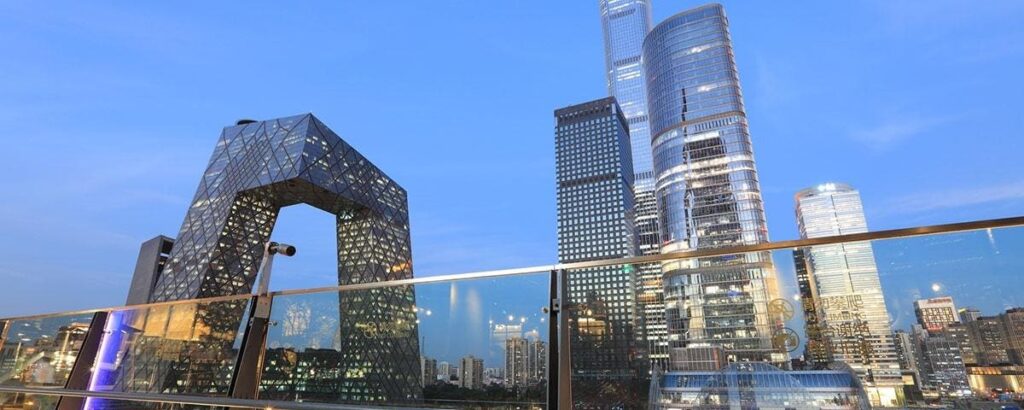Asian markets showcased mixed performances, with Singapore, Hong Kong, and Mainland China experiencing gains while India, the Philippines, and Indonesia lagged behind. The Hong Kong and Mainland Chinese markets initially opened bearish but rebounded throughout the trading day, driven by strong trading volumes and breadth, with advancers significantly outnumbering decliners. A mix of factors fueled this rally, including speculation about the upcoming National People’s Congress (NPC) fiscal stimulus package, which is expected to range from RMB 2 trillion to RMB 10 trillion. The anticipated stimulus is aimed at addressing local governments’ hidden debts, supporting the real estate sector, and injecting capital into banks. Some estimates suggest an approximate RMB 8 trillion package, alongside an additional RMB 2 trillion specifically focused on enhancing domestic consumption. This speculation is crucial since low consumer confidence can impact political dynamics in China, emphasizing the government’s intent to bolster economic activity.
The Chinese economy exhibited promising signs as October exports surged by 12.7%, far exceeding economist expectations of a mere 5% increase, while imports fell by 2.3%. The latter may reflect China’s commodity purchase strategies as the value-driven percentage change can be misleading without considering the volume changes. Furthermore, the People’s Bank of China (PBOC) hosted leaders from various foreign financial institutions to emphasize the nation’s commitment to opening its financial markets, reiterating that the fundamental economic potential of China remains unchanged. With foreign ownership rules relaxed, the increase in access has encouraged new participants in the market, as evidenced by a remarkable 6.85 million brokerage accounts opened in October, marking it as a significant move toward more robust market participation.
On the political front, President Xi expressed cordial sentiments to President Trump, indicating a potential shift in tariff negotiations. Despite the recent electoral results and previous campaign rhetoric about tariffs, there has been noticeable moderation in discussions about imposing severe tariffs on Chinese goods. This has raised concerns among U.S. farmers reliant on Chinese purchases, fearing a shift to Brazilian exports. While broad tariffs of 60% could theoretically be on the table as a retaliatory measure, historical precedents warn against such drastic actions, acknowledging the severe implications reminiscent of the Great Depression. The implications of such tariffs would likely undermine any potential for economic recovery, paralleling historic economic failures.
In market activities, there were noteworthy movements in both the Hong Kong and Mainland Chinese exchanges, characterized by significant southbound trading activity from Mainland investors who favored growth-oriented stocks in Hong Kong. A standout was the stock performance of major Hong Kong e-commerce companies like Alibaba and Meituan, which enjoyed considerable gains. The Hang Seng Index and the Hang Seng Tech Index surged by 2.02% and 2.25%, respectively, during a day of high trading volume. All sectors in both markets returned positive performances, particularly consumer staples, real estate, and financials, suggesting a widespread bullish sentiment. This alignment underscores the growing confidence among investors and reflects the market’s optimism in light of forthcoming fiscal measures.
The MSCI completed its Semi-Annual Index Review, which will finalize new allocations effective at the end of the month. Following the August review, Hong Kong emerged as a top-performing developed market, while China retained a significant portion of the Emerging Markets index. The adjustments have led to some deletions from the MSCI China index, driven by the rising market capitalization threshold amidst a rallying market. Despite these changes, India’s representation in the index has slightly improved, indicating its stable position among emerging market economies. Market analysts maintain a cautious yet optimistic outlook given the changing investment dynamics in both developed and emerging market frameworks.
As for currency performance, the CNY remained stable against the USD and EUR, with only slight fluctuations observed in bond yields. Commodity prices for copper and steel revealed mixed results, with copper experiencing a decline. Overall, the Asian markets’ mixed tendencies, underpinned by substantial governmental and economic factors, highlight a complex yet promising landscape where fiscal stimulus could propel positive growth trajectories, leading investors to reassess their positions as markets brace for changes in both domestic performance and international trade dynamics. Upcoming initiatives, such as an informative webinar on private equity drivers, signal ongoing efforts to engage investors in navigating these evolving market conditions.

